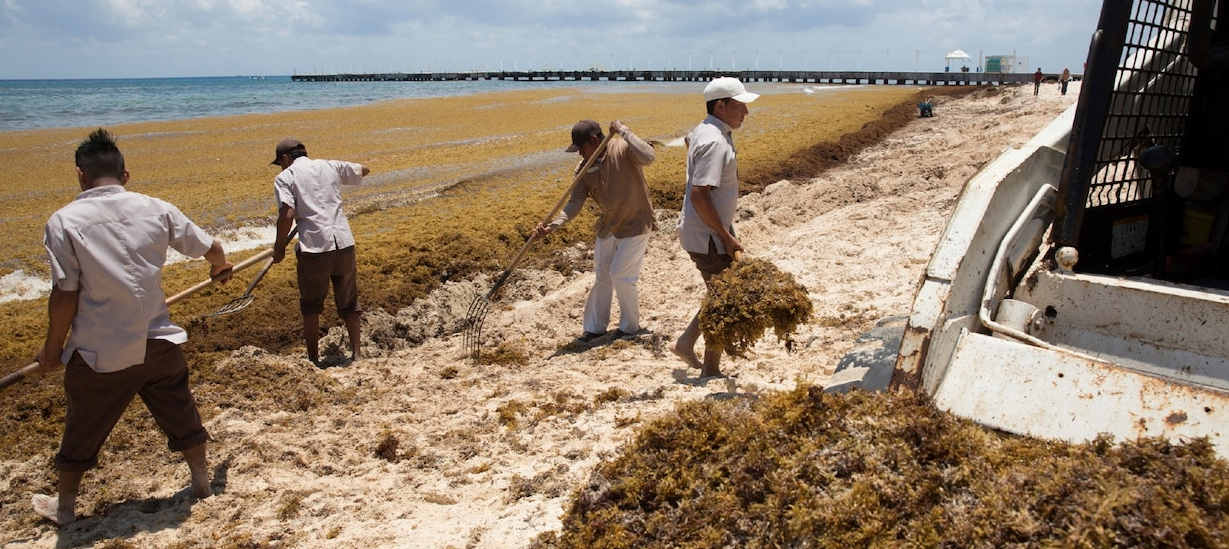

The work of plant microbiologist Prof. Jayaraman (Dept. of Life Sciences, St. Augustine) and his team on alternative uses for sargassum was noted in a recent National Geographic article on the challenges posed by the seaweed to the Caribbean and Central American region. The article notes that since 2011 vast quantities of sargassum have been washing up on Caribbean coastlines from the Lesser Antilles to Mexico’s Yucatán peninsula. It ends by pointing to the need for alternative uses for the seaweed and highlights the work of Prof. Jayaraman and his team. Prof. Jayaraman has used sargassum to create a biostimulant for farmers, the article notes, which works less like traditional fertilizer and “more like a medicine that helps the plant grow,” (quote from Prof. Jayaraman). It also notes that his lab is also trying to convert sargassum into compost and construction materials. To read the article: https://www.nationalgeographic.com/travel/article/can-science-solve-the-seaweed-problem-on-mexican-beaches

Workers remove sargassum from a Playa del Carmen beach uses rakes and a tractor. The seaweed has been blanketing beaches in Mexico’s Yucatán since 2011 (National Geographic).
To learn more about Prof. Jayaraman and his work: https://sta.uwi.edu/fst/lifesciences/staff/jayaraj-jayaraman
To read about other features on UWI sargassum science (Mona): https://our.today/uwi-using-science-to-tackle-the-challenge-of-sargassum/ and https://eleutheranews.com/?p=23474
To read about other features on UWI sargassum science (Cave Hill): https://barbadostoday.bb/2021/08/18/uwi-project-using-sargassum-seaweed-to-power-vehicles/
Published on 26 Aug, 2021